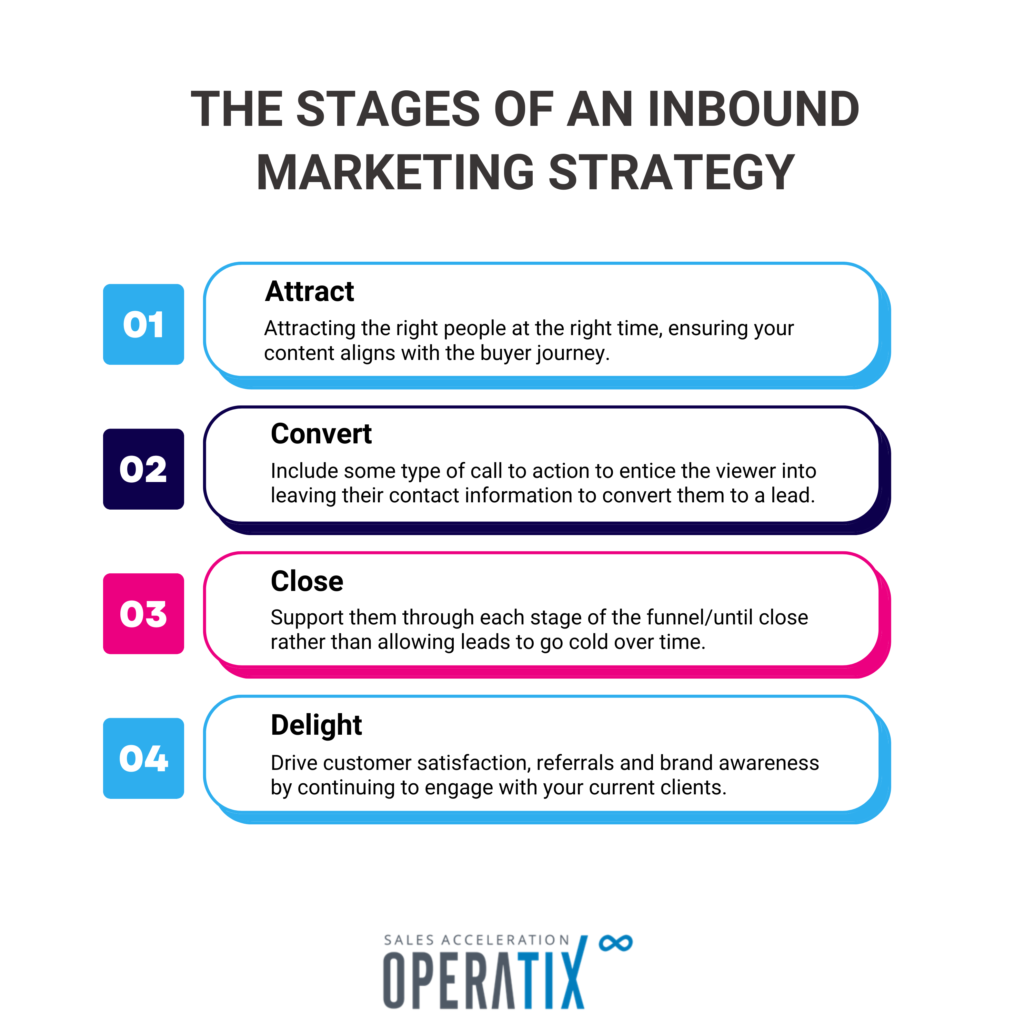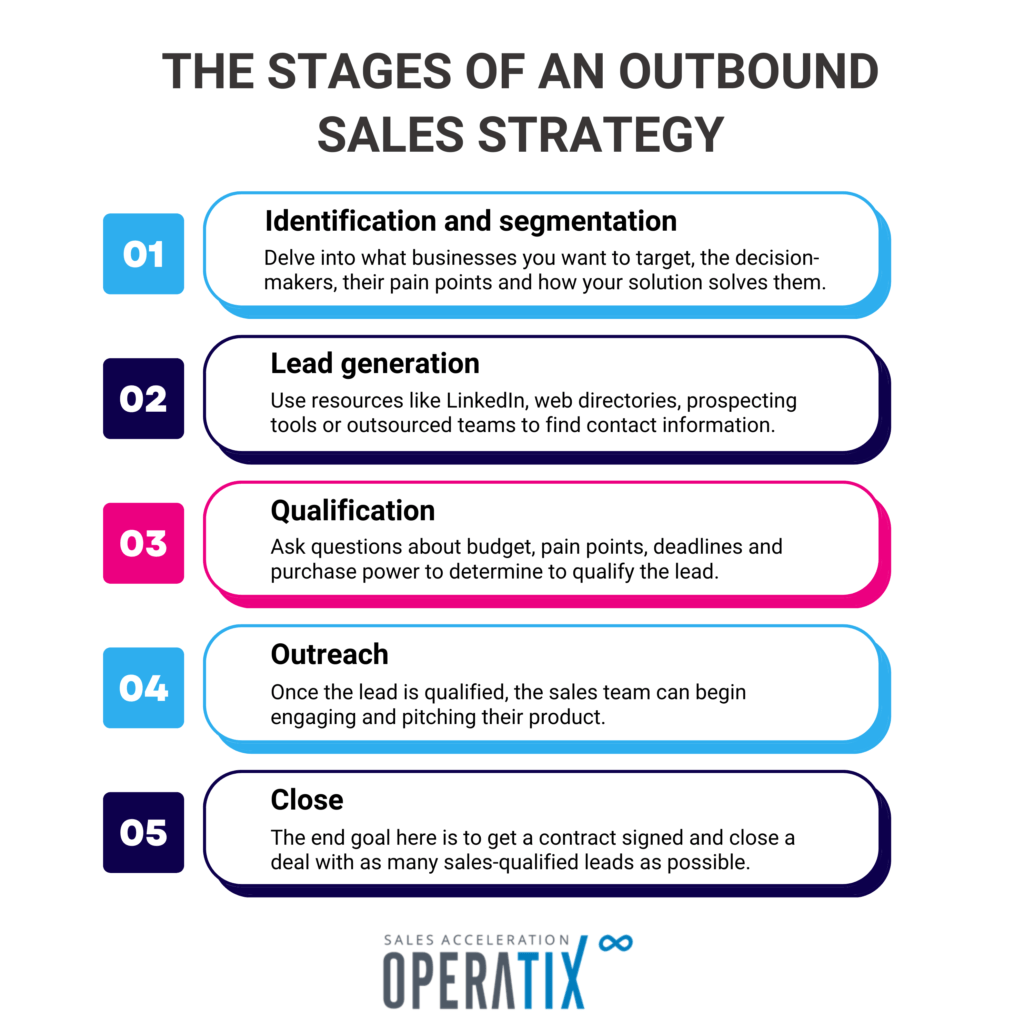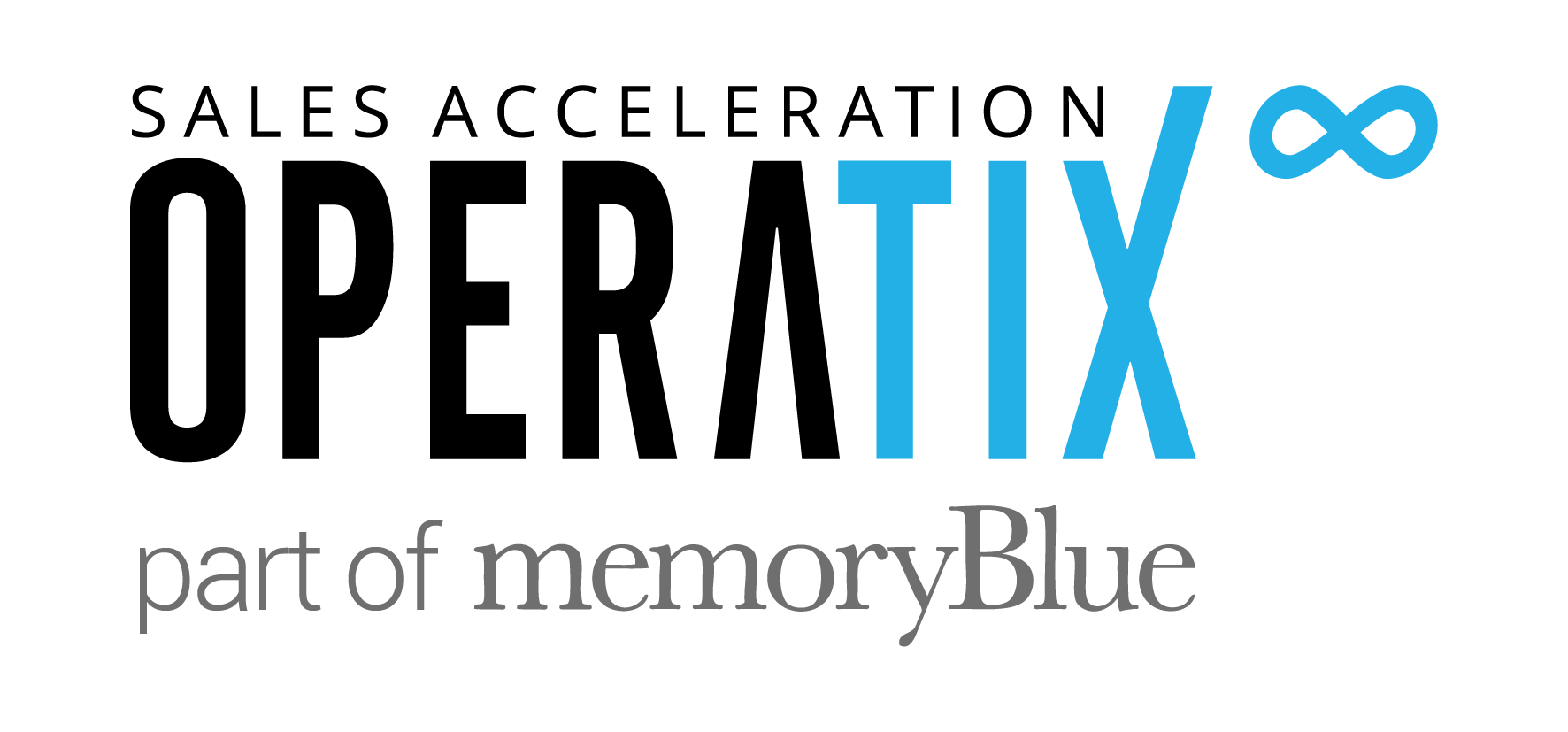There is a great debate around inbound vs outbound sales, with marketing leaders and sales professionals alike being unsure of which method is right for their business. Spoiler alert: it’s likely a mixture of both.
Both inbound marketing and outbound sales have their advantages and disadvantages, working very differently but also cohesively.
This article explains the key differences between inbound vs outbound sales, as well as the key phases required to create successful strategies. Finally, we delve deeper into the debate and summarise the benefits of both methods to help you decide which one you may want to prioritise.
Inbound vs outbound sales: your questions answered
- What is the difference between inbound and outbound?
- What is an example of inbound marketing?
- What is an example of outbound sales?
- The stages of an inbound marketing strategy
- The stages of outbound sales
- Inbound vs outbound: is inbound or outbound better?
What is the difference between inbound and outbound sales?
The main difference between inbound and outbound sales is who initiates contact. Inbound marketing is when a prospective customer reaches out to your business first, likely after coming across marketing material. Outbound sales, on the other hand, is a more proactive approach and is when a sales representative reaches out to a qualified prospect who has not yet engaged with the business.
It may sound as though inbound sales is the easier option when comparing inbound vs outbound as the lead already has an idea of what your business does. However, it requires as much of a strategic approach as an outbound sales strategy does. You need to be able to attract and engage using tailored content marketing, ensuring your target audience can not only find your services but feel inclined to use them.

What is an example of inbound marketing?
Inbound marketing requires you to produce tailored content across multiple channels to attract and engage with leads in your industry. This includes eBooks, case studies, blog content, social media posts, video content and the like. It’s essential to create content that can be found during every phase of the buyer journey: awareness, consideration and decision-making.
Monitoring the buyer journey is an essential part of a successful inbound marketing strategy, as this strategy revolves around nurturing them along the way and encouraging them to choose your solution for their pain points.
You provide knowledge and content for their specific needs in the hopes that they’ll submit their contact information so your sales representatives can follow up appropriately. Inbound leads will have a level of brand awareness and may be more receptive to engaging in a sales conversation.
What is an example of outbound sales?
Outbound sales is a more aggressive approach compared to inbound marketing. A sales representative must identify, qualify and engage with prospective customers in a way that appeals to them. This typically involves a multi-touchpoint approach, including cold calling, email cadences, LinkedIn messaging, voice notes and WhatsApp or texting.
Having a consistent outbound sales development cadence is vital – one call or email is often not enough to draw a response from a prospect, particularly if they are part of the C-Level. A 30-touch cadence is recommended, consisting of ten to 15 phone calls, seven to eight emails and seven to eight LinkedIn messages.
This may sound overboard when phrased this way, but it’s believed that only the success rate of cold calls is just 2% as of 2023. This means that out of 100 cold calls, only two will convert, making it essential to keep engaging via different channels. Don’t push to book a meeting or sell a product straight away; ask relevant questions, provide helpful content and have a natural conversation.

The stages of an inbound marketing strategy

While your inbound marketing strategy will be based specifically on your audience and industry, it is typically segmented into four different sections.
- Attract: the first stage of an effective inbound marketing strategy is identifying and attracting your target audience at the very start of the sales cycle. You must first identify who your audience is via an ideal customer profile (ICP), and then learn what appeals to them. Consider what search terms they use, what questions they ask and what platforms they use to help identify the type of content you should be creating. This stage of an inbound marketing strategy is all about attracting the right people at the right time, ensuring your content aligns with their needs at this point of the buyer journey.
- Convert: now that the buyer persona has landed on your website or social media channels, you must convince them to leave their contact information. Include some type of call to action, landing page or gate your content to entice the lead into leaving their contact information so you can take them to the next step.
- Close: in this step, you must use lead nurturing to turn your leads into customers. Send them relevant content via segmented email campaigns and engage with them regularly to support them through each stage of the funnel rather than allowing them to go cold over time.
- Delight: just because your lead has become a customer, doesn’t mean that your inbound marketing strategy is complete. Drive customer satisfaction, referrals and brand awareness by continuing to engage with your current clients, ensuring they are happy with your services. This could be in the form of a dedicated customer experience team, website chatbots and surveys, with any information gathered being used to improve their experience with your team.
The stages of an outbound sales strategy

Some parts of an outbound sales strategy are similar to inbound, but there are some key differences, notably around outreach. There are five key steps to this method, all of which are listed below.
- Identification and segmentation: the first step of any outbound sales strategy is to identify your target market. Delve deeper into what businesses you want to target and the decision-makers of these businesses, as well as their pain points and how your solution solves them.
- Lead generation: once your team has an understanding of who they want to target, they must find a way to get in touch with these potential customers. Resources like LinkedIn, web directories, prospecting tools or outsourced teams are great ways to find out this information.
- Qualification: after you’ve gathered enough information, your sales team must qualify this lead. It’s vital to qualify the lead and ensure they are a good fit for your solution before engaging too much, or else you’ll waste valuable resources pursuing leads that simply aren’t going to work. This is typically done via an initial sales call or email engagement. Ask questions about budget, pain points, deadlines and purchase power to determine this.
- Outreach: once the lead is qualified, the sales team can begin engaging and pitching their product.
- Close: the end goal here is to, of course, get a contract signed and close a deal with as many sales-qualified leads as possible.
Inbound vs outbound sales: which is better?
Rather than thinking of inbound vs outbound as one or the other, you should have elements of both to accelerate lead generation as effectively as possible. Both approaches have their benefits and work coherently together.
An inbound marketing strategy may be slower to start with when compared to outbound sales. After all, your team will need time to strategise, research competitors, create and launch content. You must also consider the time it will take for leads to find your content and make the decision to reach out.
However, it increases organic reach and brand awareness while solidifying your place as a thought leader in the industry. Not to mention the fact that it puts you on the radar of those who are actively looking for a solution in a more natural way.
Outbound sales, on the other hand, are great for quick wins as your sales team can quickly put your service on the table of qualified leads. Your team will receive immediate feedback from your target audience which can be used to tailor the pitch or solution itself, as well as gaining a deeper understanding of their pain points. Outbound sales offer more control and insight into each stage of the process, which is particularly beneficial for those with long sales cycles.
This is why it shouldn’t be thought of as inbound vs outbound sales, but rather both. You may find yourself prioritising one over the other based on your budget, goals and requirements, but having a mixture of both is certain to accelerate your sales process.
If you need help accelerating revenue, pipeline and outbound sales activities, collaborate with Operatix. Our experienced outsourced sales development representatives work as an extension of your business, delivering great results in a multitude of markets. Get in touch now to learn more.


